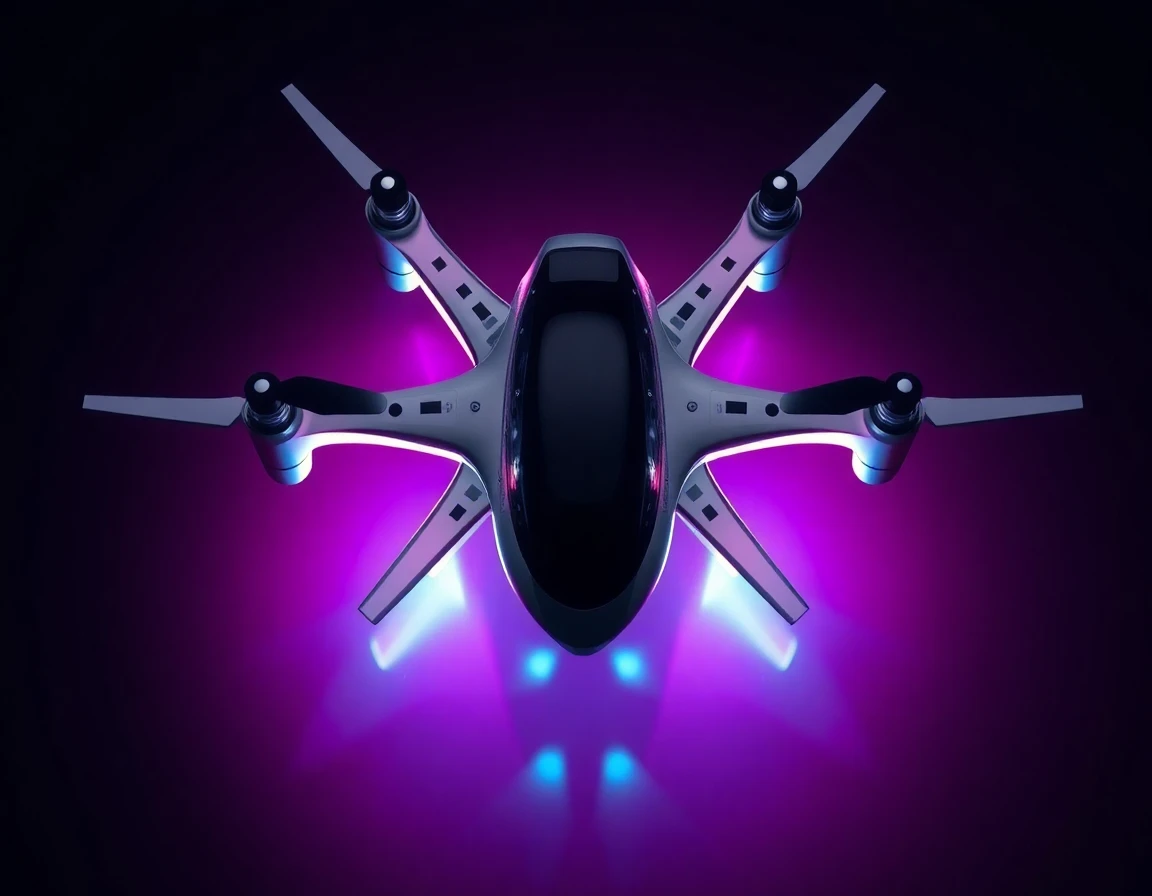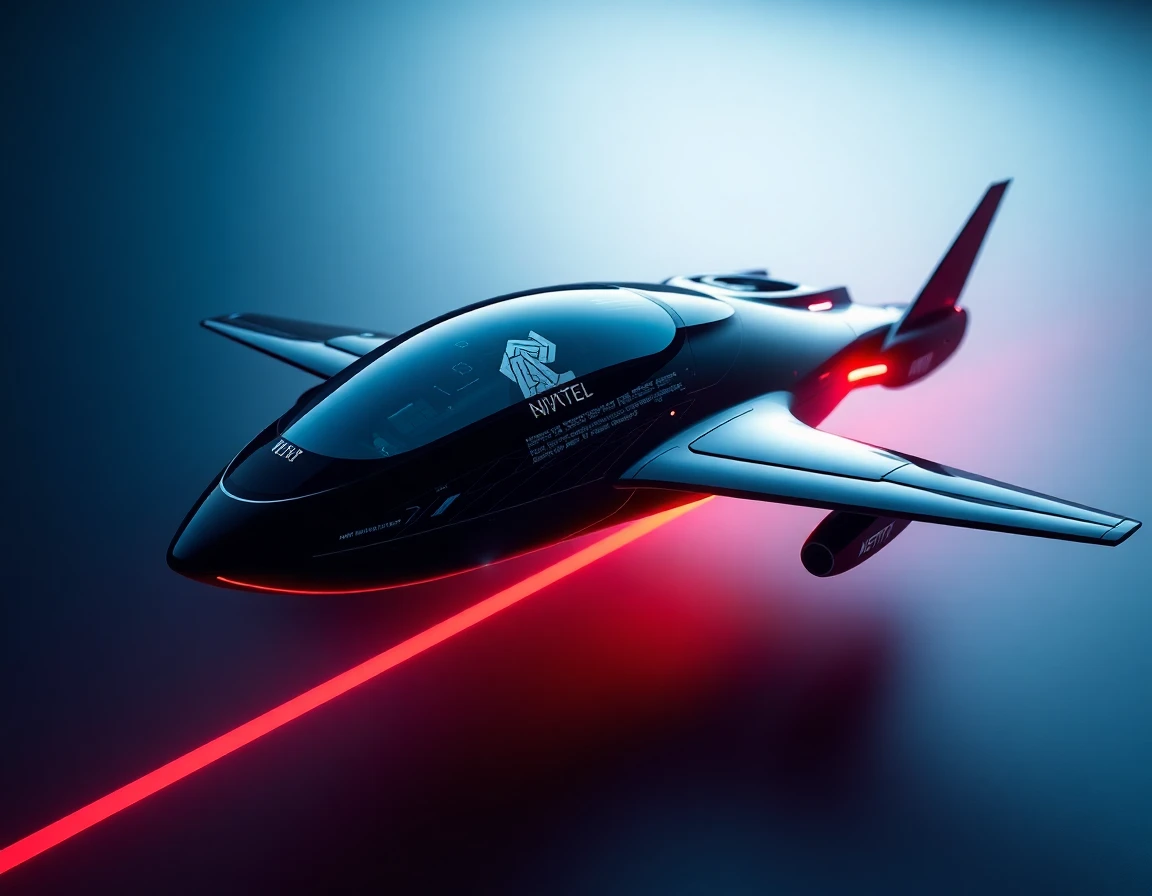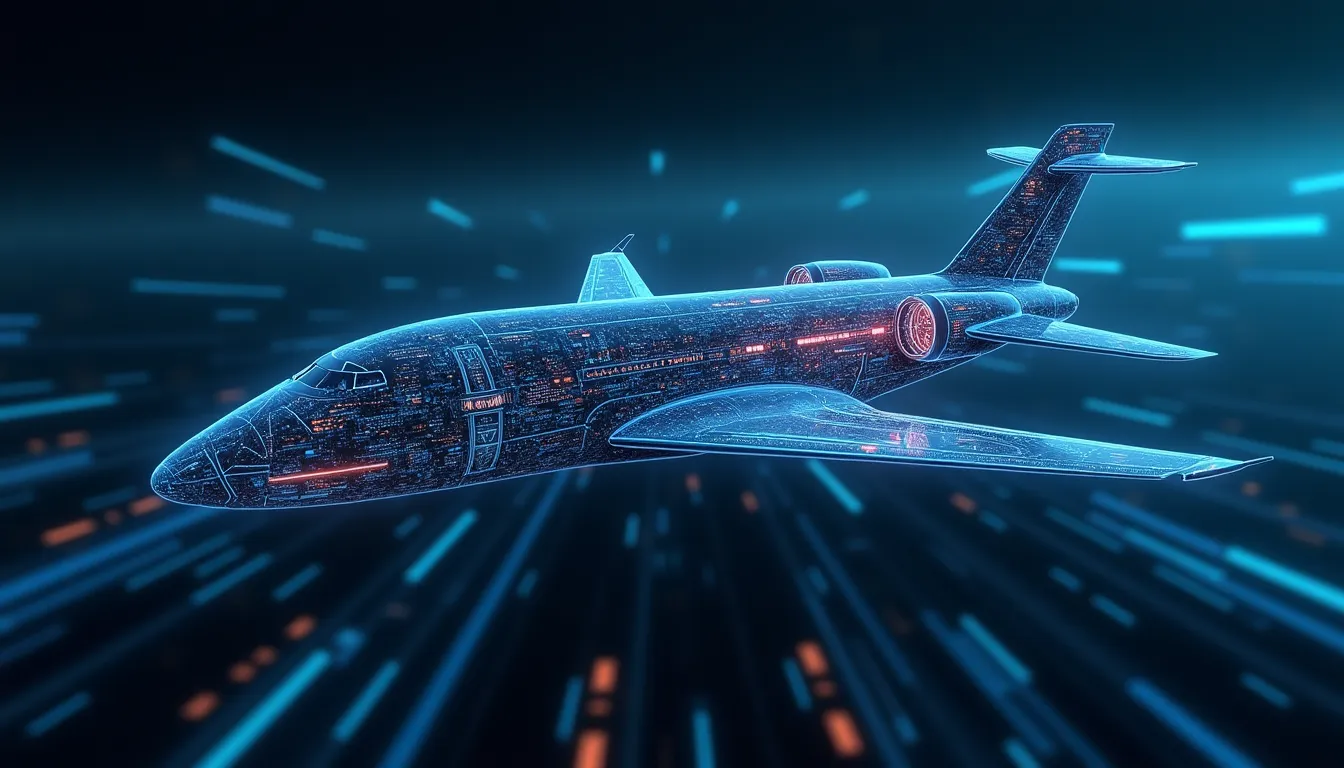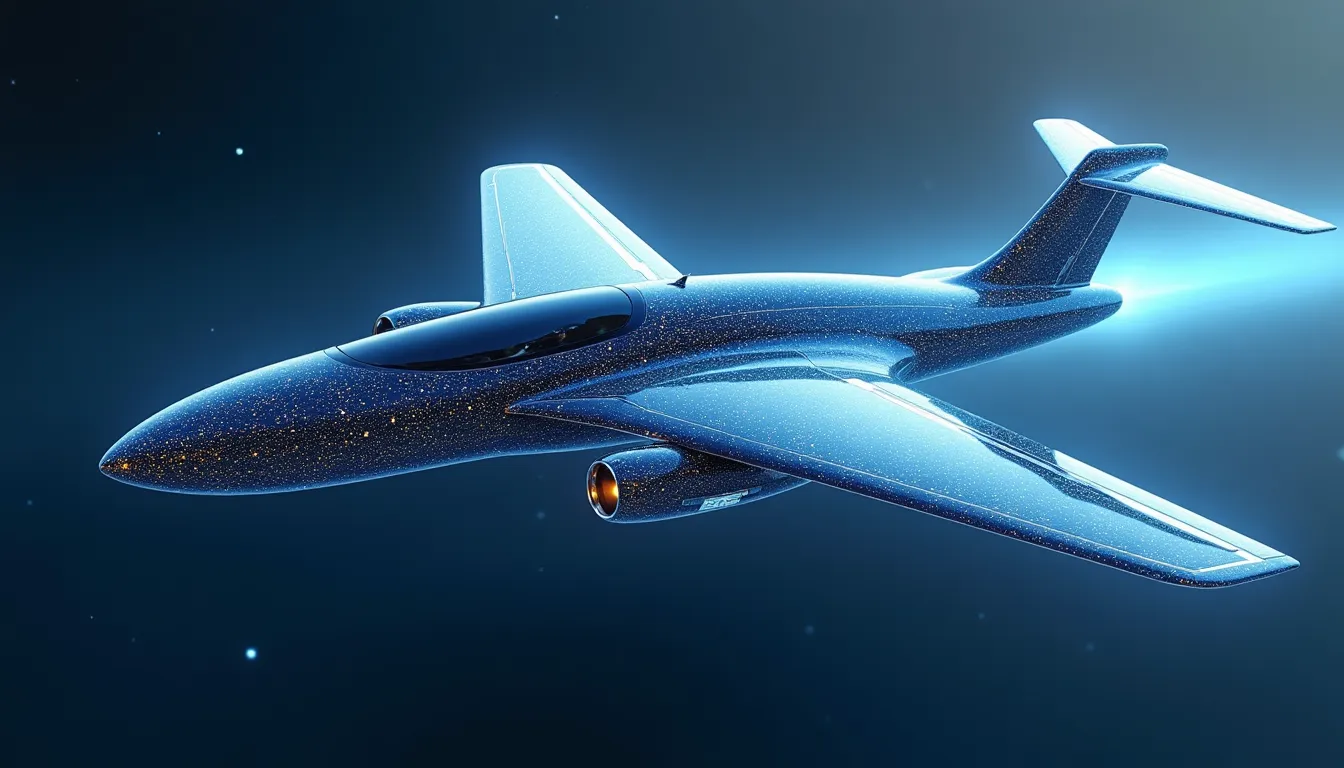In the ever-evolving landscape of aviation, the integration of neural interfaces is setting a new benchmark for pilot training and aircraft control. These cutting-edge brain-computer interfaces (BCIs) are not only enhancing the training experience but also promising to revolutionize how pilots interact with their aircraft.
Understanding Neural Interface Aviation
Neural interface aviation refers to the application of neural interfaces to facilitate communication between a pilot’s brain and the aircraft systems. This technology leverages electroencephalography (EEG) and other brainwave monitoring techniques to interpret neural signals, enabling pilots to control aircraft systems through thought alone.
According to Dr. Emily Tran, an aerospace researcher specializing in neural interfaces, “The potential of neural interfaces in aviation is immense. We are beginning to see applications that could improve safety, efficiency, and even pilot workload management.”
Enhancing Pilot Training with BCIs
One of the most significant benefits of neural interfaces is in pilot training. Traditional training methods often rely on simulators and practical flight experiences, which can be time-consuming and expensive. Neural interfaces can expedite this process by providing real-time feedback on a pilot’s cognitive state, enabling instructors to tailor training programs to individual needs.
For instance, by monitoring a pilot’s mental workload, trainers can adjust the complexity of training scenarios. This personalized approach ensures that pilots are not only competent but also confident in their abilities. As noted by Captain Mark Reynolds, a flight instructor, “With neural interfaces, we’re able to better understand how our students think and react, allowing us to provide targeted training that enhances their skills more efficiently.”
The Technical Backbone: Integrating Advanced Sensor Modules
The effectiveness of neural interface aviation hinges on the integration of advanced sensor technologies. One such example is the Advanced Sensor Module (Model: JDWZZ3430D), which incorporates a three-axis gyroscope, accelerometer, and magnetic sensor. This module provides exceptional stability and comprehensive motion sensing capabilities that are crucial for real-time data analysis in conjunction with neural interfaces.
By combining the motion sensing data from these sensors with neural input, pilot control systems can become more responsive and intuitive. For example, the data can help in understanding how pilots physically respond to various flight conditions, thereby allowing for adjustments to the aircraft’s handling characteristics based on neural feedback.
Future Developments in Neural Interface Aviation
As research in neural interface technology advances, the aviation industry is poised for significant transformations. Future developments may include the ability to predict pilot actions based on brainwave patterns, effectively allowing aircraft to anticipate and respond to pilot needs without conscious input. This could lead to enhanced safety measures and reduced reaction times in critical situations.
Furthermore, neural interfaces may also play a role in integrating artificial intelligence (AI) into aviation. With AI systems capable of processing vast amounts of data, the synergy between AI and neural interfaces could result in more proactive and adaptive flight systems. Dr. Tran emphasizes this point: “Imagine a future where the aircraft can understand pilot intent almost before the pilot is even aware of it. That’s the direction we are heading towards.”
Conclusion: Paving the Way for a New Era in Aviation
Neural interface aviation is not just a technological novelty; it is a fundamental shift in how pilots interact with their aircraft. By enhancing training methodologies and potentially revolutionizing aircraft control, neural interfaces hold the promise of making aviation safer and more efficient.
As the industry continues to explore these advancements, it is essential to remain informed about the latest developments and their implications. The integration of products like the Advanced Sensor Module will undoubtedly play a critical role in the successful implementation of neural interfaces in aviation. The future of flying may indeed be guided by the power of thought.
Related Technologies to Watch
- Brain-Computer Interfaces (BCIs)
- Inertial Navigation Systems
- Thermal Management Systems for aircraft components
For more information on the advancements in neural interface aviation and related technologies, stay tuned to industry news and updates.



